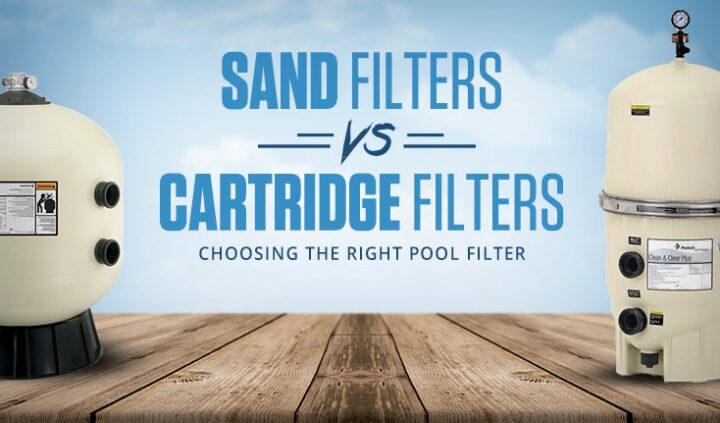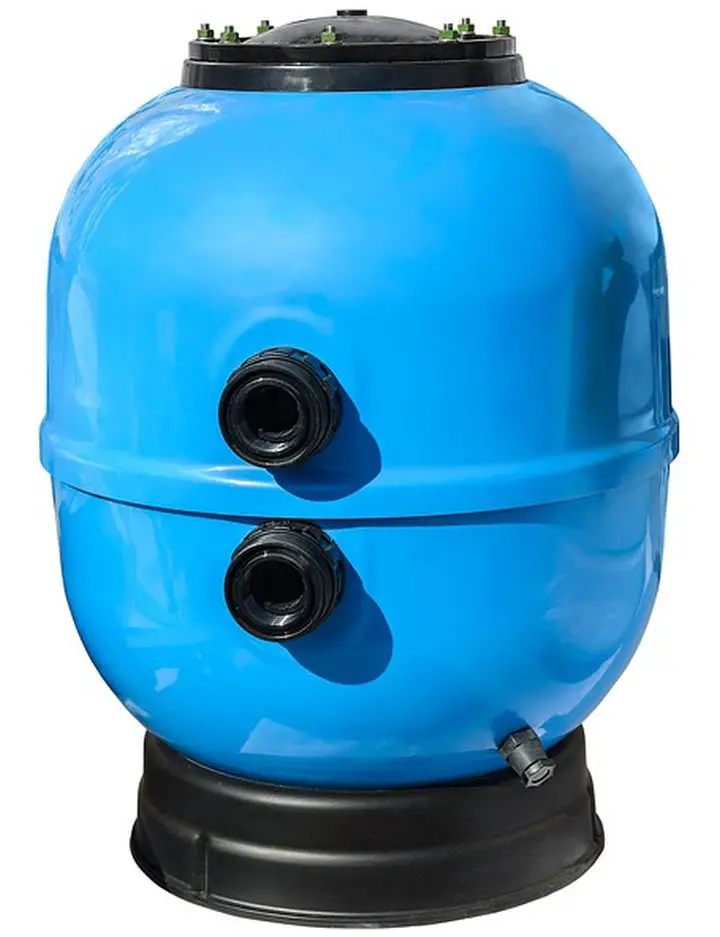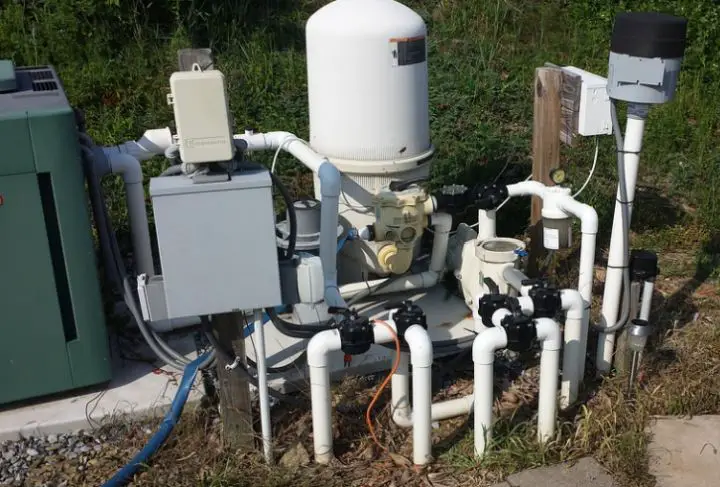Main Differences Between a Cartridge Filter and a Sand Filter

A nice backyard with sunny weather is a perfect way to chill with a cocktail near the cold water of a swimming pool. For more people, such leisure time is more achievable. However, no matter what pool you have, it requires constant maintenance to prevent its formation into a moody swamp. And there should be ways to stay all the time with a cocktail while some automatic cleaning methods are working.
A perfect solution consists of a filtration system, a cleaner (automatic or robotic), and a seasonal chemical treatment. Of course, automatic cleaner work depends on the pump of the filtration system as well, so let’s check the importance and main differences of the pool’s filtration system.
Content of filtration system and how it works

In general, a filtration system consists of a skimmer, a pump, and a filter. It could also contain a heater and a chemical generator for chemical treatment.
A skimmer plays a vital role in removing leaves, garbage, debris, and other waste. It collects all this stuff from the pool surface in a skimmer basket near the waterline inside one of the walls; it has a moving flap preventing them from returning. They will remain there until a pump is not working and saves energy.
A pump takes dirty water from the skimmer and the main drum (for small pools, and if you have an automatic pool cleaner, it is not required) at the bottom of the pool and sends it to a filter. The clean water goes back from the filter to the return jets on the pool’s walls.
The quality of filtration is determined first of all by a pool filter. It could be of three different types:
- Cartridge filter
- Sand filter
- Diatomaceous earth filter (D.E. filter).
Diatomaceous earth filter has ultrafine particles less than sand. It is suitable for capturing small impurities, but this type of filter is quite expensive, so it is not widely used in residential pools. So, only the other two will be discussed closely in this article.
Main differences between a cartridge and a sand filter

The are several key parameters why these filters are different:
| Sand filter | Cartridge filter | |
| Composition | A straight tank is almost entirely filled with sand (a particular type of silica sand N.20). | A tank with a cartridge inside. Cartridge represents several sheets of polyester or paper folded compactly.
One tank can contain several cartridges. |
| Particle size limitation to clean | 20 microns | 10 microns |
| Maintenance | When the pressure inside increases to 8-10 Psi*, you need to backwash the sand; the dirty water will go from another port of the valve from the tank. | When the pressure inside the tank reaches 10 Psi, it is time to clean the cartridge with the water hose. |
| Durability | 5-10 years | 3-5 years |
* If the size of the sand filter was miscalculated, and it is too small for the size of the pool and the number of debris, the sand should be exchanged more often. It also can be reflected by frequent backwashing.
| Sand filter | Cartridge filter |
Pros
|
Pros
|
Cons
|
Cons
|
Pros and cons for a cartridge and a sand filter
There is no absolute winner in the challenge of sand and cartridge filters. The choice depends mainly on the size of debris/waste in the pool and the owner’s price for the filter and its maintenance. The sand filter wins in such parameters as durability, filter cost, further replacement, and time for cleaning.
On the other hand, the cartridge is better in the following parameters: filter efficiency (size of collected particles of dirt), filter repair frequency, and water usage for cleaning procedures. But the cartridge filter is more expensive (the new one and its replacement parts), and more time is required for its cleaning or maintenance. So, the owner should decide which parameters are essential for him.
An important tip for proper pool maintenance
On the market, an exciting solution appeared – a pump and a filter in one set, for example, check here for Intex Pool Pumps. This set is available with the choice of filters: sand or cartridge. Such a solution is very compact and perfectly working, as a pump already perfectly fits the filter. The filter maintenance and durability are the same as the stand-alone ones. But you do not need to check a filter and a pump for compatibility.
Conclusion
Most residential pools require a filtration system; it may be replaced by a robotic cleaner with the function of recirculation if the pool is small and installed in a place with a small amount of debris. Filter type determines the system’s price, the maintenance frequency, and the quality of the water purification. Sand and cartridge filters are a good choice for private pools, where sand filters are cheap, and cartridge filters provide better catching ability of small particles. The choice is on the owner, what parameter is the most crucial.

